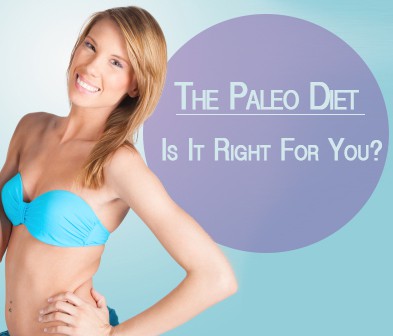
paleo diet meals
Every couple of years or so, a new diet becomes a superstar. A book becomes a best-seller and forty more like it hit the shelves. It’s featured in every magazine and celebrities mention how much they love it in their interviews. But just because a diet is “hot” doesn’t necessarily mean that it’s healthy or even that it works.
The Paleo diet is definitely the most recent diet superstar, although it’s not a new diet at all. It’s been around since the 70’s. But is it science or fad? Does it help you lose weight and body fat? Is it healthy? I want to help cut through some of the hype of the Paleo diet, explain what it is in simple terms, the science behind it and help you decide if it’s a healthy diet for you.
A Little Background on the Paleo Diet

In 1975 gastroenterologist Walter Voegtlin wrote his book, The Stone Age Diet. In it, he documented the results of treating his patients with a diet that was based on the eating patterns of people who lived during the Paleolithic era. His patients who had conditions ranging from irritable bowel syndrome to Crohn’s Disease, showed a marked improvement in their symptoms after being on the diet. The diet he created for them was largely based on animal proteins and fats with few carbs. This made it really unpopular during the low-fat, high-carbohydrate environment of the 1970s.

In 1985, though, Boyd Eaton and Melvin Konner published a study in the New England Journal of Medicine that was better received by the media and medical community and eventually led to them writing their own book, called The Paleolithic Prescription: A Program of Diet & Exercise and a Design for Living. It was basically the first popular book on the Paleo diet, but it certainly hasn’t been the last.
Why is the Paleo Diet So Popular?
The Paleo diet hit real popularity at a time when the media and the medical community were finally coming out with the fact that the low-fat and no-fat diets that had been considered the ONLY way to lose weight were actually causing an epidemic of obesity. People were seriously ready to hear about something new and something that allowed them to eat fat. Actually, they were ready for anything that allowed them to eat, period.
Without going into a lengthy explanation of the scientific reasoning and research behind the Paleo diet, let me explain the basic tenets of it. The researchers and authors and medical people who advocate the diet base their support of it on the idea that diseases such as metabolic syndrome, diabetes, obesity and heart disease only became really prevalent after people started farming and eating grains and processed foods high in sugar and trans-fats. Prior to the agricultural age, which started about 10,000 years ago, people existed on wild game animals, seafood, and foraged greens, berries and nuts. Their argument is that our bodies simply haven’t adapted genetically to eating grains, legumes, dairy and sugar and that our digestive systems are basically rejecting these foods.
So What Does The Paleo Diet Entail?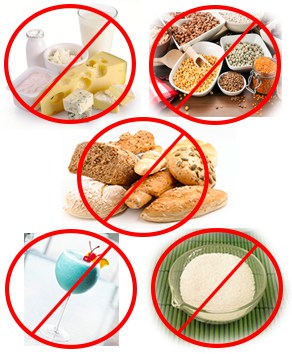
There are several versions of the Paleo diet, ranging from very strict to a bit more moderate. The strictest versions do not allow any grains, legumes, sugar, alcohol or dairy. They also don’t allow fruits and vegetables that are typically gardened or farmed, limiting plant foods to those that can typically be found growing wild, like wild greens and berries. More moderate versions of the diet allow more vegetables, but still limit fruit pretty severely. Some of them allow limited red wine or beer, mostly to appease people who don’t want to live without them.
There are no calorie restrictions on the Paleo diet and the Paleo diet wasn’t designed to be a weight loss diet, although cutting out all sugar, grains and processed foods will naturally result in significant weight loss.
The Positives of the Paleo Diet
The research and data on which the diet is based that correlate our current health crisis with a change from being foragers to farmers, is partly true. Although there really is no way to compare the health of today’s people, who live well into their old age, with the Paleolithic people, who rarely lived past thirty, many of the diseases we face today are due to a poor diet.
However, there is a great deal of research that says that the health problems we are facing today weren’t as big a problem for people fifty or a hundred years ago, despite the fact they ate grains, cultivated fruits and vegetables and consumed sugar. The bigger issue seems to be the processed foods and the higher sugar intake of the last fifty years, coupled with a serious decline in physical labor and physical activity.
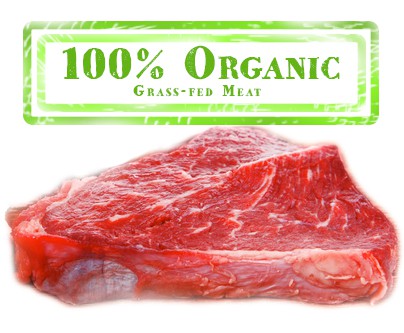 However, there are some good things about the Paleo diet. The diet strongly suggests that followers eat only wild-caught seafood, wild game and grass-fed, organic livestock meats. That is something that we are learning more and more about today and something I strongly believe as well.
However, there are some good things about the Paleo diet. The diet strongly suggests that followers eat only wild-caught seafood, wild game and grass-fed, organic livestock meats. That is something that we are learning more and more about today and something I strongly believe as well.
Grass-fed, organic meats, raised on their natural pasture diets without hormones and antibiotics, are far healthier for us than commercially raised meats. The point of the Paleo diet as far as these meats go is that they’re higher in omega-3 fats and lower in omega-6 fats than their commercial counterparts. This is why the diet is so free with the saturated fats from these animals. They’re far better for you than the fats in commercially raised meats and we now know that saturated animal fats are not the villains they have been made out to be.
That’s certainly a big part of it, but artificial hormones, antibiotics and feed made from heavily sprayed soybeans and corn are also what make commercially raised meats so dangerous to our bodies and our health.
The Paleo diet is also very big on nuts and seeds, which are some of the most nutritious foods we can eat, so Paleo scores points there.
Ironically, one of the biggest positives about the Paleo diet is what it excludes, but that’s also one of the biggest negatives, which we’ll get to in just a moment. By excluding processed foods and sugar, the Paleo diet targets two of the biggest nutritional problems in the American diet. These two categories of food have led to a nationwide epidemic of obesity, diabetes and heart disease.
The Negatives of the Paleo Diet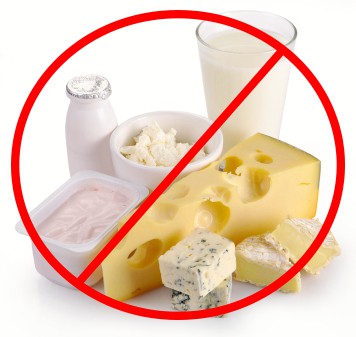
However, the Paleo diet also excludes two entire groups of foods that are very nutritious: dairy and legumes (beans). Dairy is an excellent source of Vitamin D and protein and beans are an incredible source of protein, fiber, iron and B-vitamins. I personally would rather eliminate dairy as there is so much inflammation associated with the ingestion of dairy and take a vitamin D3 supplement instead.
The Paleo diet also excludes all grains, which is unnecessary. Grains are not the issue. The processing methods, use of pesticides and herbicides in growing grains and the fact that many of the grain foods we eat are loaded with sugar are the real problem.
By excluding grains and many fresh vegetables and fruits, the Paleo diet seriously restricts carbohydrates. In fact, the diet advocates putting your body into a state of ketosis, where it adapts to using primarily protein and fats as fuel. While you do want to keep your carbs in check and most of your carbs should come from fresh vegetables and fruits, your body needs carbs in order to function properly. It was designed to burn carbs as a ready source of fuel.
The Bottom Line on the Paleo Diet
If following the Paleo diet is the only thing that will get you to cut processed foods out of your diet, then I say go for it. It’s certainly better for you than a diet high in fake food and sugar. But I don’t believe that the Paleo diet is the best diet for most women.
Instead, I strongly believe that a diet based on fresh, whole foods, from all of the food groups is the healthiest way to go. Yes, you should cut way back on sugar and save it for occasional treats. Yes, by all means get the processed foods out of your diet. And I definitely think you should eat organic, grass-fed meats and dairy products as opposed to commercially raised versions. But cutting out most fruits and vegetables, and all dairy, legumes and grains is depriving your body of many of the nutrients it needs to function at its best. That includes the function of building muscle and losing excess body fat.
You don’t need to eat like the nomadic tribes of 25,000 years ago. You just need to eat real food, eat a healthy ratio of proteins, carbs and fats and limit alcohol, sugar and grains, reserving them as occasional treats; A simple, basic and scientifically sound healthy eating plan.
My friend Nate talks a lot about the Paleo diet. He has a ton of great information about proper eating. He will tell you what to eat and when. Check out his stuff here:
–>> Feast Your Fat Away <<–
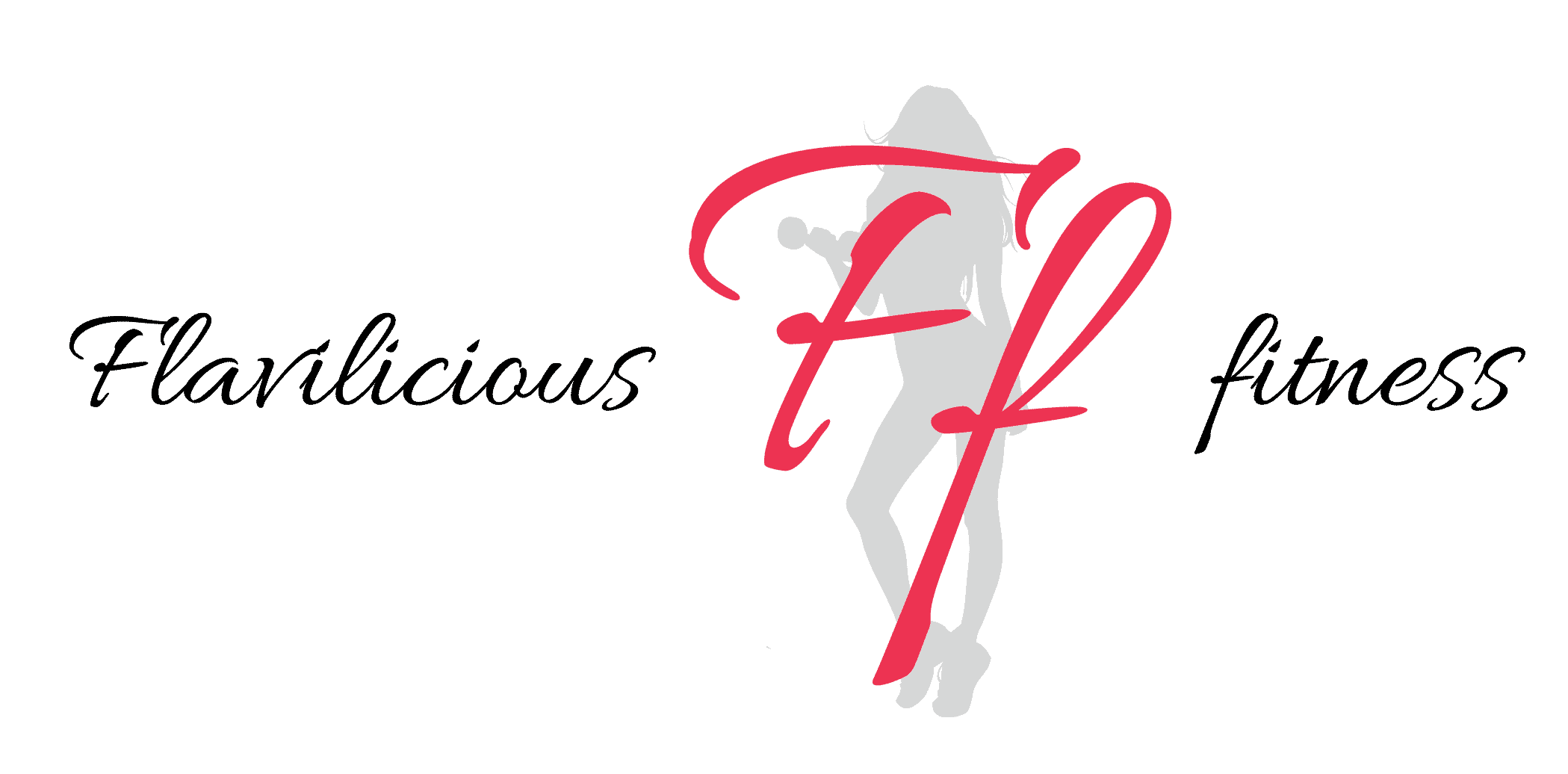




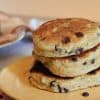


This is a really good article Flavia. I completely agree on your points on Paleo, especially with regards to legumes. I’m sharing this!
I haven’t checked in here for some time since I thought it was getting boring, but the last few posts are good quality so I guess I’ll add you back to my everyday bloglist. You deserve it my friend 🙂